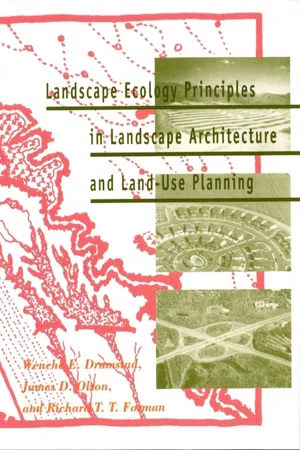
eBook - ePub
Landscape Ecology Principles in Landscape Architecture and Land-Use Planning
Wenche Dramstad, James D. Olson, Richard T.T. Forman
This is a test
Compartir libro
- English
- ePUB (apto para móviles)
- Disponible en iOS y Android
eBook - ePub
Landscape Ecology Principles in Landscape Architecture and Land-Use Planning
Wenche Dramstad, James D. Olson, Richard T.T. Forman
Detalles del libro
Vista previa del libro
Índice
Citas
Información del libro
Landscape ecology has emerged in the past decade as an important and useful tool for land-use planners and landscape architects. While professionals and scholars have begun to incorporate aspects of this new field into their work, there remains a need for a summary of key principles and how they might be applied in design and planning.
This volume fills that need. It is a concise handbook that lists and illustrates key principles in the field, presenting specific examples of how the principles can be applied in a range of scales and diverse types of landscapes around the world.
Chapters cover:
- patches -- size, number, and location
- edges and boundaries
- corridors and connectivity
- mosaics
- summaries of case studies from around the world
Preguntas frecuentes
¿Cómo cancelo mi suscripción?
¿Cómo descargo los libros?
Por el momento, todos nuestros libros ePub adaptables a dispositivos móviles se pueden descargar a través de la aplicación. La mayor parte de nuestros PDF también se puede descargar y ya estamos trabajando para que el resto también sea descargable. Obtén más información aquí.
¿En qué se diferencian los planes de precios?
Ambos planes te permiten acceder por completo a la biblioteca y a todas las funciones de Perlego. Las únicas diferencias son el precio y el período de suscripción: con el plan anual ahorrarás en torno a un 30 % en comparación con 12 meses de un plan mensual.
¿Qué es Perlego?
Somos un servicio de suscripción de libros de texto en línea que te permite acceder a toda una biblioteca en línea por menos de lo que cuesta un libro al mes. Con más de un millón de libros sobre más de 1000 categorías, ¡tenemos todo lo que necesitas! Obtén más información aquí.
¿Perlego ofrece la función de texto a voz?
Busca el símbolo de lectura en voz alta en tu próximo libro para ver si puedes escucharlo. La herramienta de lectura en voz alta lee el texto en voz alta por ti, resaltando el texto a medida que se lee. Puedes pausarla, acelerarla y ralentizarla. Obtén más información aquí.
¿Es Landscape Ecology Principles in Landscape Architecture and Land-Use Planning un PDF/ePUB en línea?
Sí, puedes acceder a Landscape Ecology Principles in Landscape Architecture and Land-Use Planning de Wenche Dramstad, James D. Olson, Richard T.T. Forman en formato PDF o ePUB, así como a otros libros populares de Architecture y Architecture General. Tenemos más de un millón de libros disponibles en nuestro catálogo para que explores.
Información
Categoría
ArchitectureCategoría
Architecture GeneralPart One: Principles
PATCHES
Landscape ecology principles are listed and illustrated below in four sections: Patches; Edges; Corridors; and Mosaics. Each section begins with an introduction to important terms and concepts, and ends with a list of key references. For additional references please refer to the bibliography.
In a densely populated world plant and animal habitat increasingly appears in scattered patches. Ecologists first considered habitat patches analogous with islands, but soon largely abandoned the analogy due to the major differences between the sea and the matrix of countryside and suburban developments surrounding a “terrestrial” patch. Patches, however, do exhibit a degree of isolation, the effect and severity being dependent on the species present.
Four origins or causes of vegetation patches are usefully recognized: remnants (e.g., areas remaining from an earlier more extensive type, such as woodlots in agricultural areas); introduced (e.g., a new suburban development in an agricultural area, or a small pasture within a forest); disturbance (e.g., a burned area in a forest, or a spot devastated by a severe windstorm); and environmental resources (e.g., wetlands in a city, or oases in a desert).
Patches are analyzed below and differentiated in terms of (1) size, (2) number, and (3) location. Patches may be as large as a national forest, or as small as a single tree. Patches may be numerous in a landscape, such as avalanches or rock slides on a mountainside, or be scarce such as oases in a desert. The location of patches may be beneficial or deleterious to the optimal functioning of a landscape. For example, small, remnant forest patches between large reserves in an agricultural matrix can be beneficial. In contrast, a landfill located adjacent to a sensitive wetland may have a negative impact on the ecological health of the landscape.

Farmstead woodlots and wheat,
Minnesota, U.S.A., USDA
Soil Conservation Service photo.
Minnesota, U.S.A., USDA
Soil Conservation Service photo.
PATCH SIZE: LARGE OR SMALL?
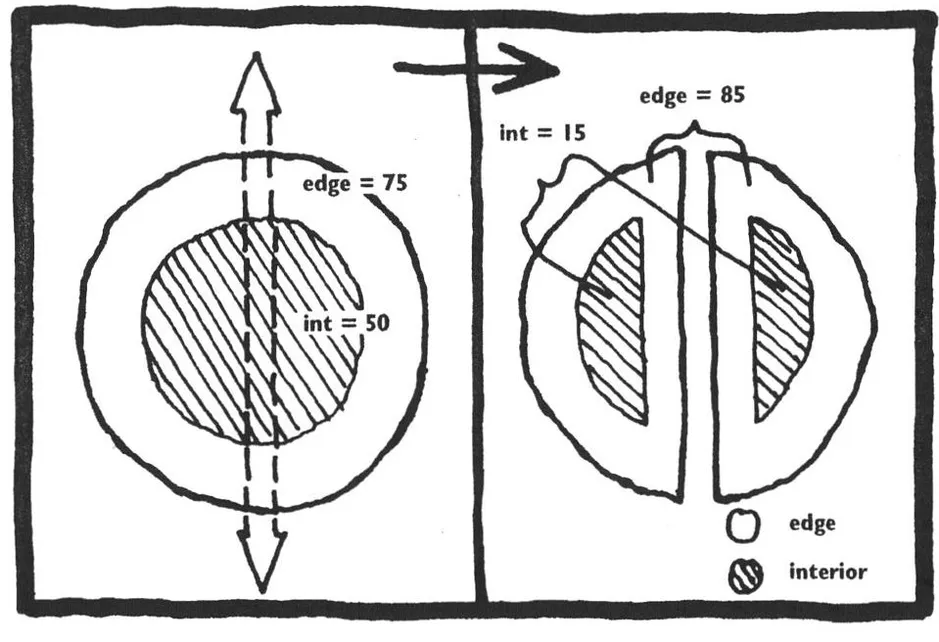
P1. Edge habitat and species
Dividing a large patch into two smaller ones creates additional edge habitat, leading to higher population sizes and a slightly greater number of edge species, which are often common or widespread in the landscape.

P2. Interior habitat and species
Dividing a large patch into two smaller ones removes interior habitat, leading to reduced population sizes and number of interior species, which are often of conservation importance.
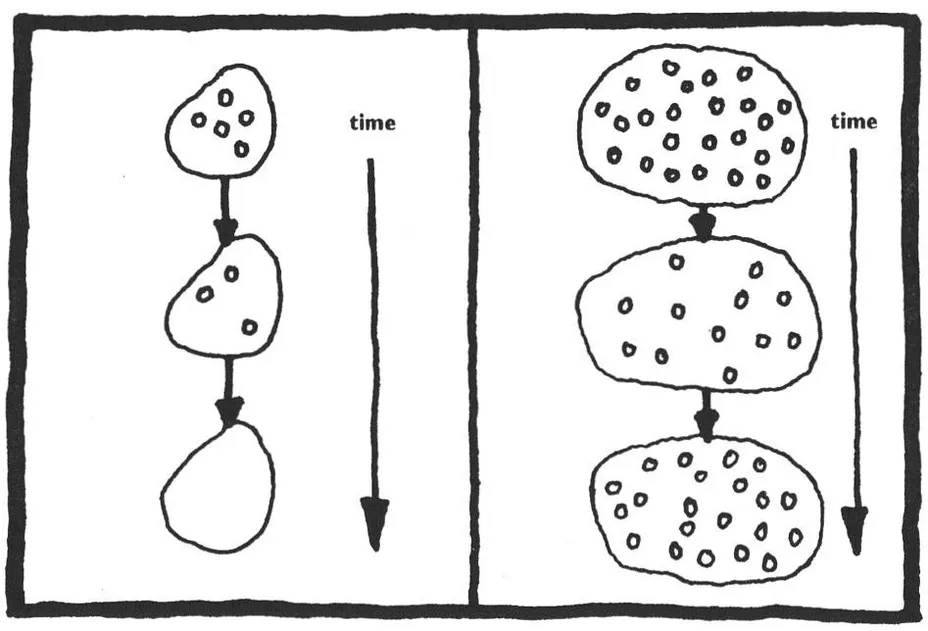
P3. Local extinction probability
A larger patch normally has a larger population size for a given species than a smaller patch, making it less likely that the species (which fluctuates in population size) will go locally extinct in the larger patch.
P4. Extinction
The probability of a species becoming locally extinct is greater if a patch is small, or of low habitat quality.
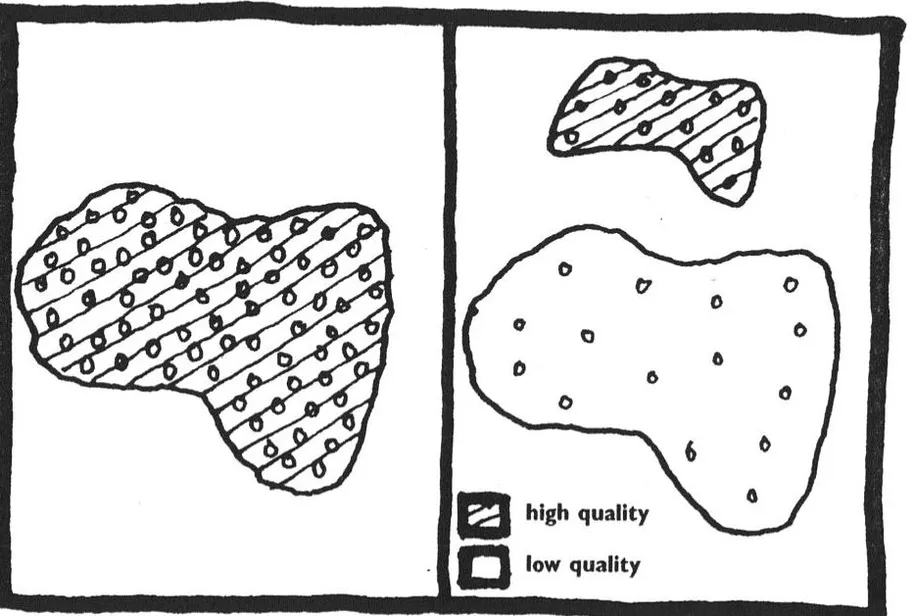
P5. Habitat diversity
A large patch is likely to have more habitats present, and therefore contain a greater number of species than a small patch.
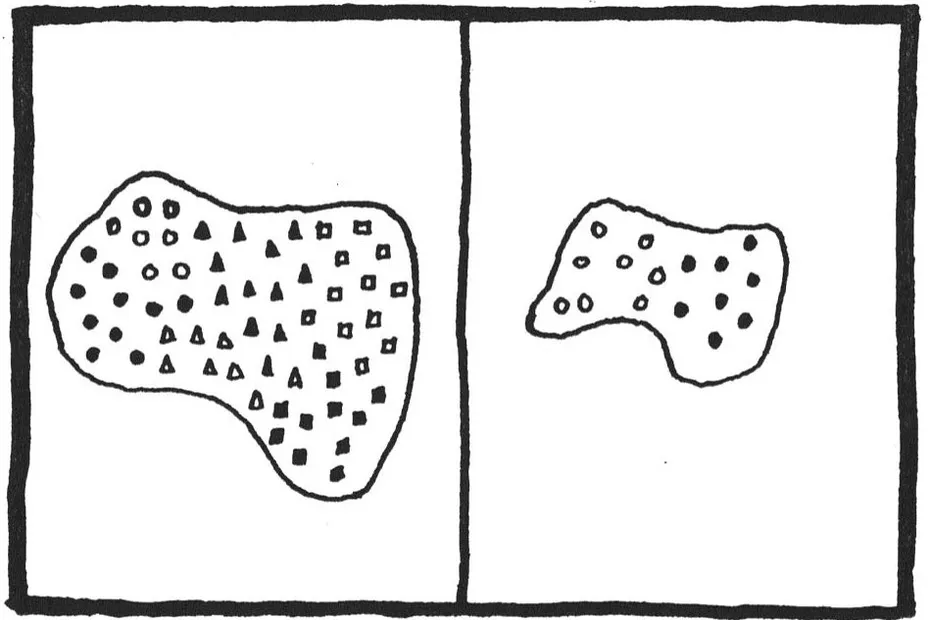
P6. Barrier to disturbance
Dividing a large patch into two smaller ones creates a barrier to the spread of some disturbances.
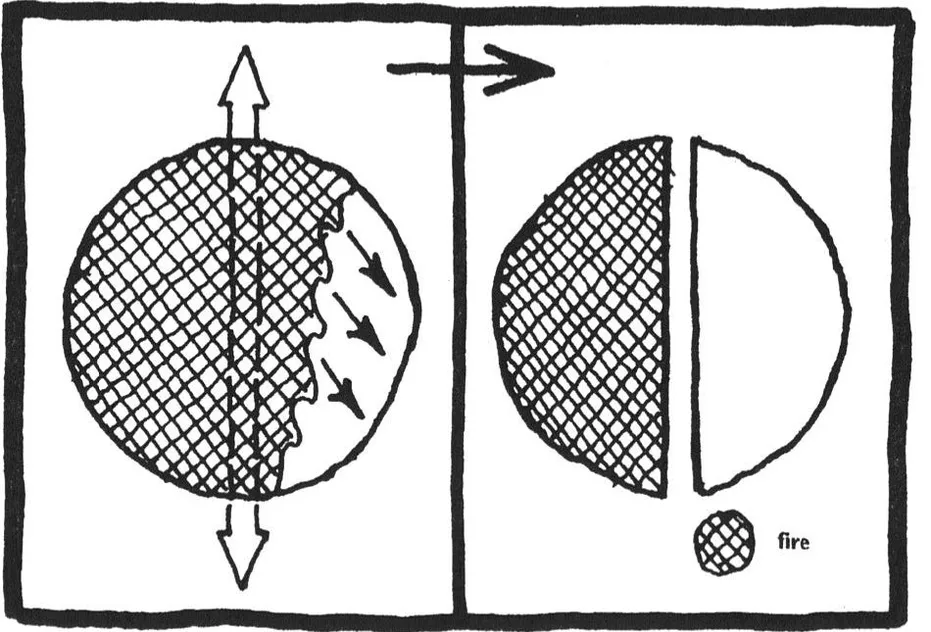
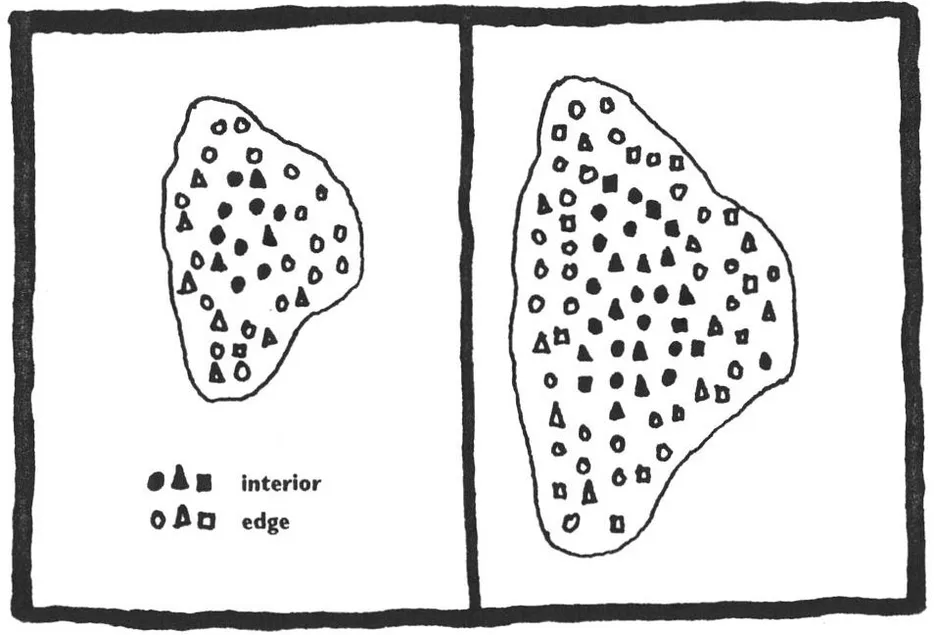
P7. Large patch benefits
Large patches of natural vegetation are the only structures in a landscape that protect aquifers and interconnected stream networks, sustain viable populations of most interior species, provide core habitat and escape cover for most large-home-range vertebrates, and permit near-natural disturbance regimes.
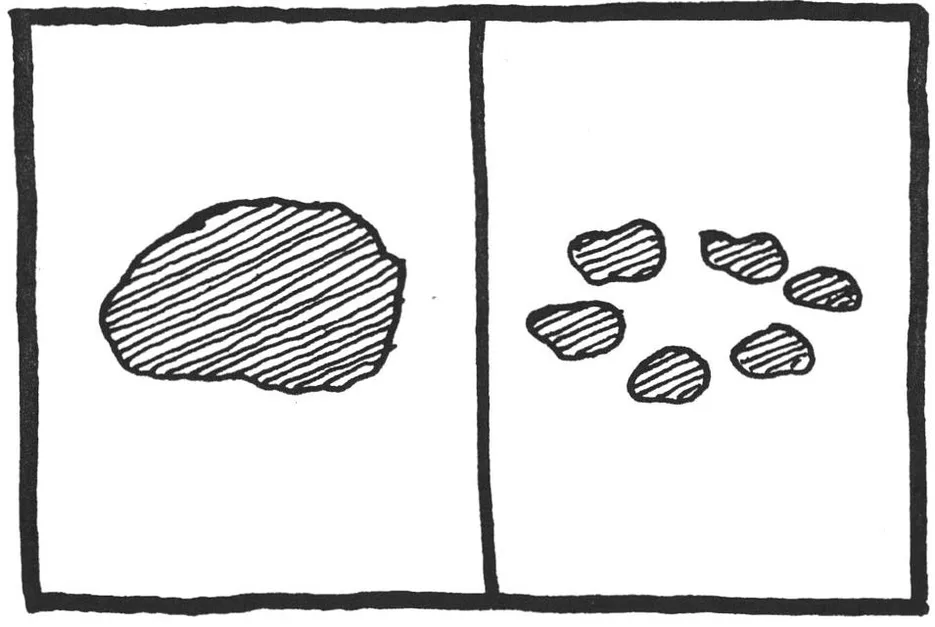
P8. Small patch benefits
Small patches that interrupt extensive stretches of matrix act as stepping stones for species movement. They also contain some uncommon species where large patches are absent or, in unusual cases, are unsuitable for a species. Therefore small patches provide different and supplemental ecological benefits than large patches.
PATCH NUMBER: HOW MANY?
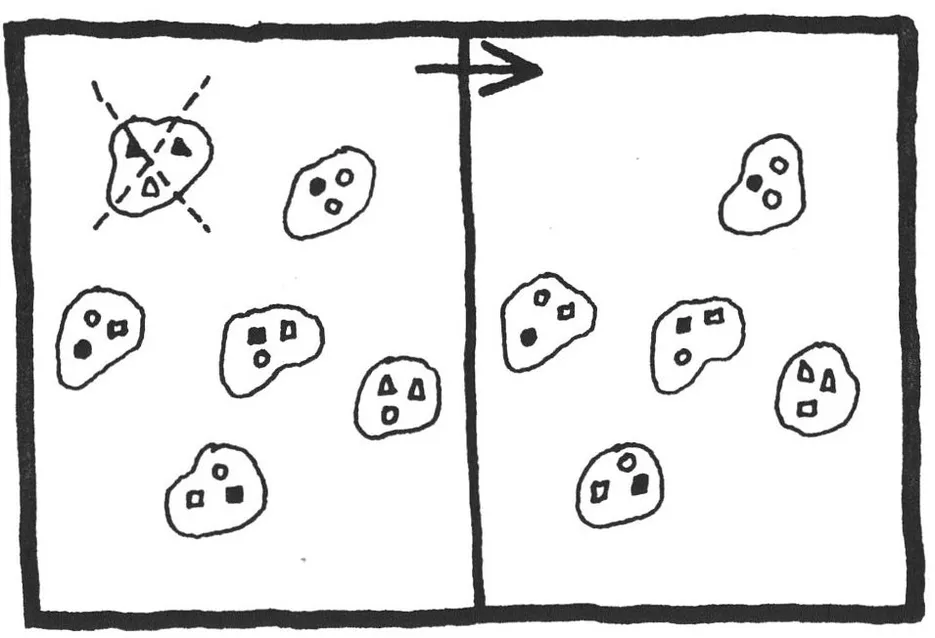
P9. Habitat loss
Removal of a patch causes habitat loss, which often reduces the population size of a species dependent upon that habitat type, and may also reduce habitat diversity, leading to fewer species.
P10. Metapopulation dynamics
Removal of a patch reduces the size of a metapopulation (i.e., an interacting population subdivided among different patches), thereby increasing the probability of local within-patch extinctions, slowing down the recolon...